Lawn Looking Fried? These 7 August Lawn Care Tasks Are Absolute Musts to Keep Grass Green for the Rest of Summer
Keep your lawn looking lush for the rest of summer and into fall by following these basic August lawn care tips. Find out what you need to do now.

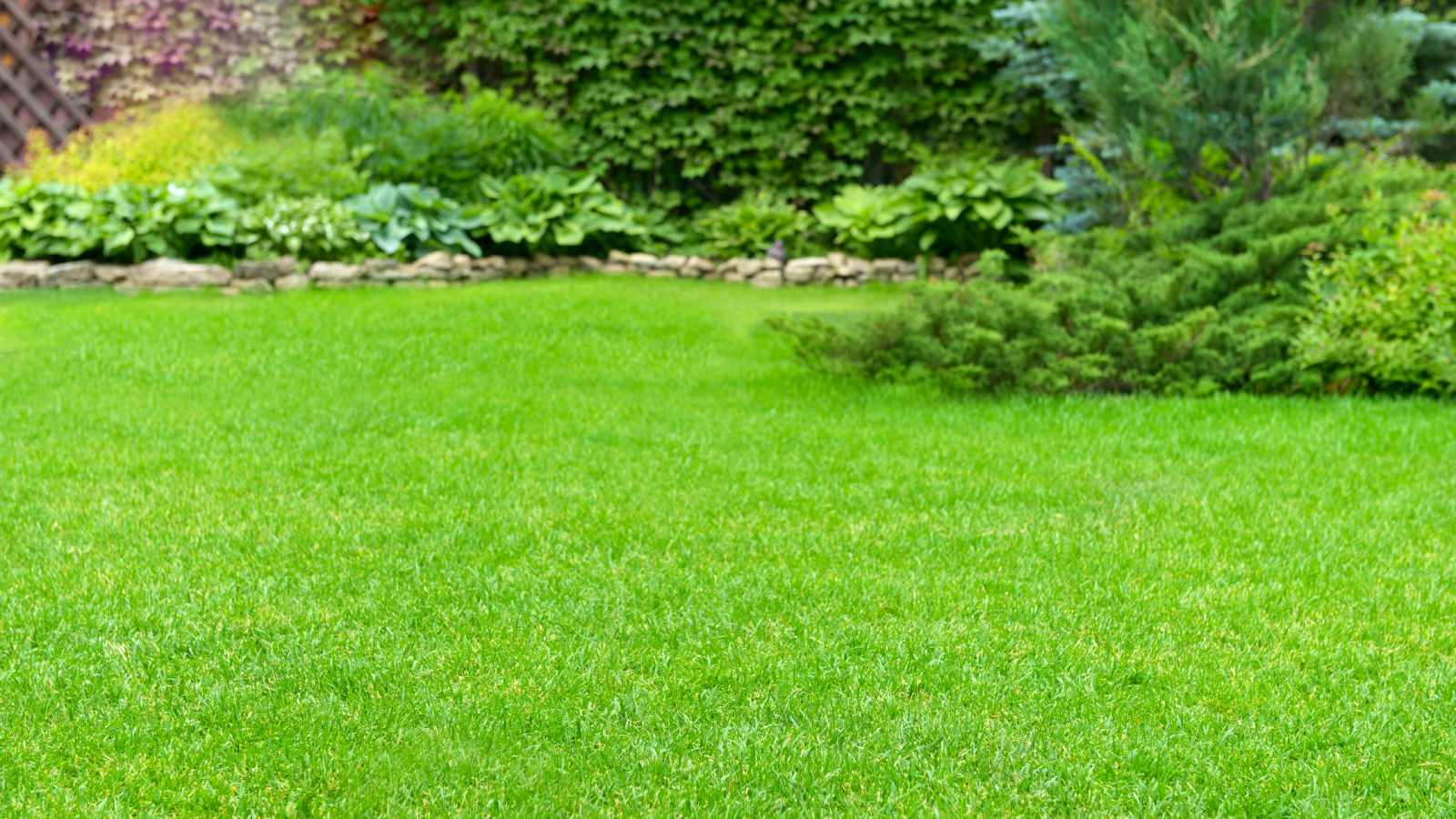
It’s no secret that a lovely lawn needs TLC most of the year, but proper August lawn care—after several months of hot summer weather—is particularly important. Summer sun means summer fun for you, but it can stress and damage your lawn.
There is typically more lawn traffic in summer with picnics, barbecues, and backyard volleyball matches. Then there’s the intense heat and reduced rainfall. It’s not a big surprise if your grass looks “fried” in August. If your grass looks brown, now’s the time to act.
Do what it takes now to guide your grass back into the “green” before summer’s end. But don’t worry! Proper late summer lawn care in August can restore your lawn. Complete these 7 simple tasks for a lush lawn that looks fresh and vibrant all the way through this month and into fall.
Must-Do August Lawn Care Tasks
You can bring in a professional to provide lawn care services, or you can easily do it yourself by sticking to a few basic August lawn care guidelines. Here are the top tasks to check off your list for a lush and healthy lawn that lasts from August through fall.
1. Water Weekly
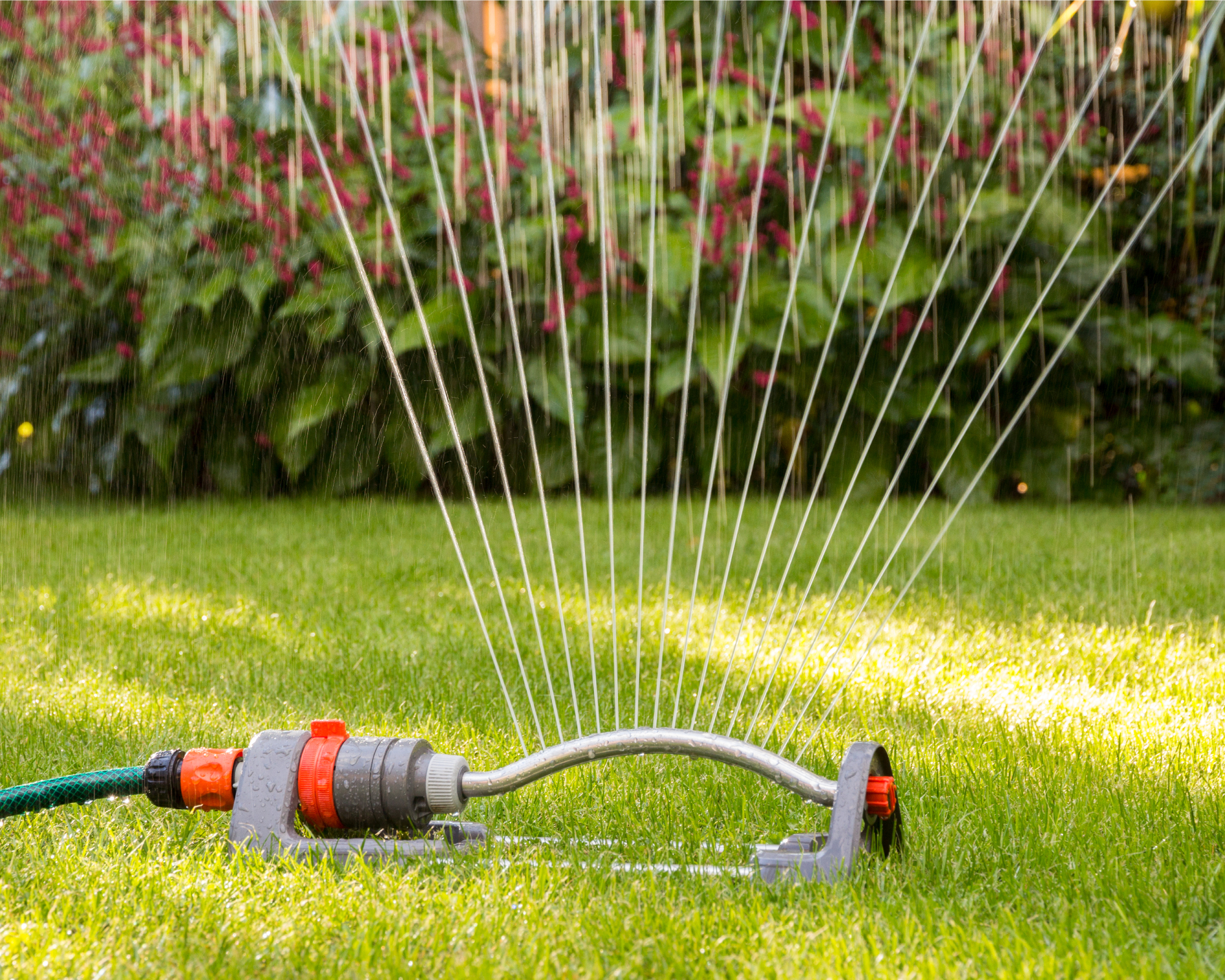
Lawns require water to thrive and the need for irrigation rises in the hot days of summer. Proper water is essential to keeping your grass green—or getting it green again. Water longer in summer, offering your turf at least an inch (2.5 cm) of water per week, every week. When you water deeply, the roots get what they need to grow and you help prevent a heat-stressed lawn.
When is the best time to water grass? Get out the hose or turn on your lawn irrigation system in the early morning. You want those grass blades to have plenty of time to dry before night falls to prevent fungal issues.
2. Keep Off the Grass
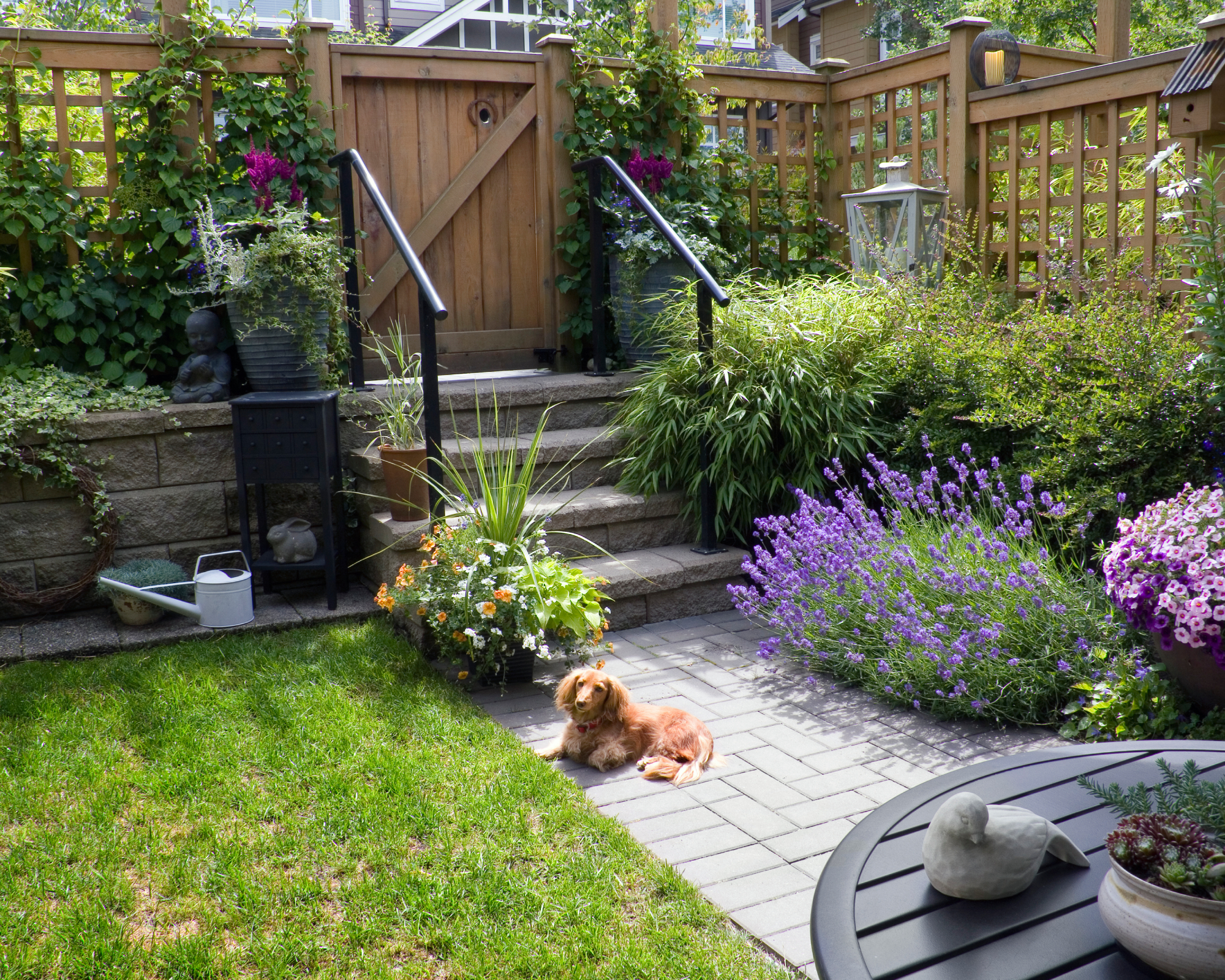
A green lawn naturally attracts activity in summer—for picnics, parties, pets, or just summer fun. But if you are trying to protect your grass and help it survive the summer heat, you should keep off the grass when it is very hot out. Driving on the lawn, parking on it, or positioning heavy objects on it will damage grass even more.
Sign up for the Gardening Know How newsletter today and receive a free copy of our e-book "How to Grow Delicious Tomatoes".
If walking across the lawn frequently is necessary at your house, install stepping stones or another cheap DIY garden path to help protect turf. While the grass under each stone will die, the rest of the lawn will thrive.
3. Mow High & Let It Lie
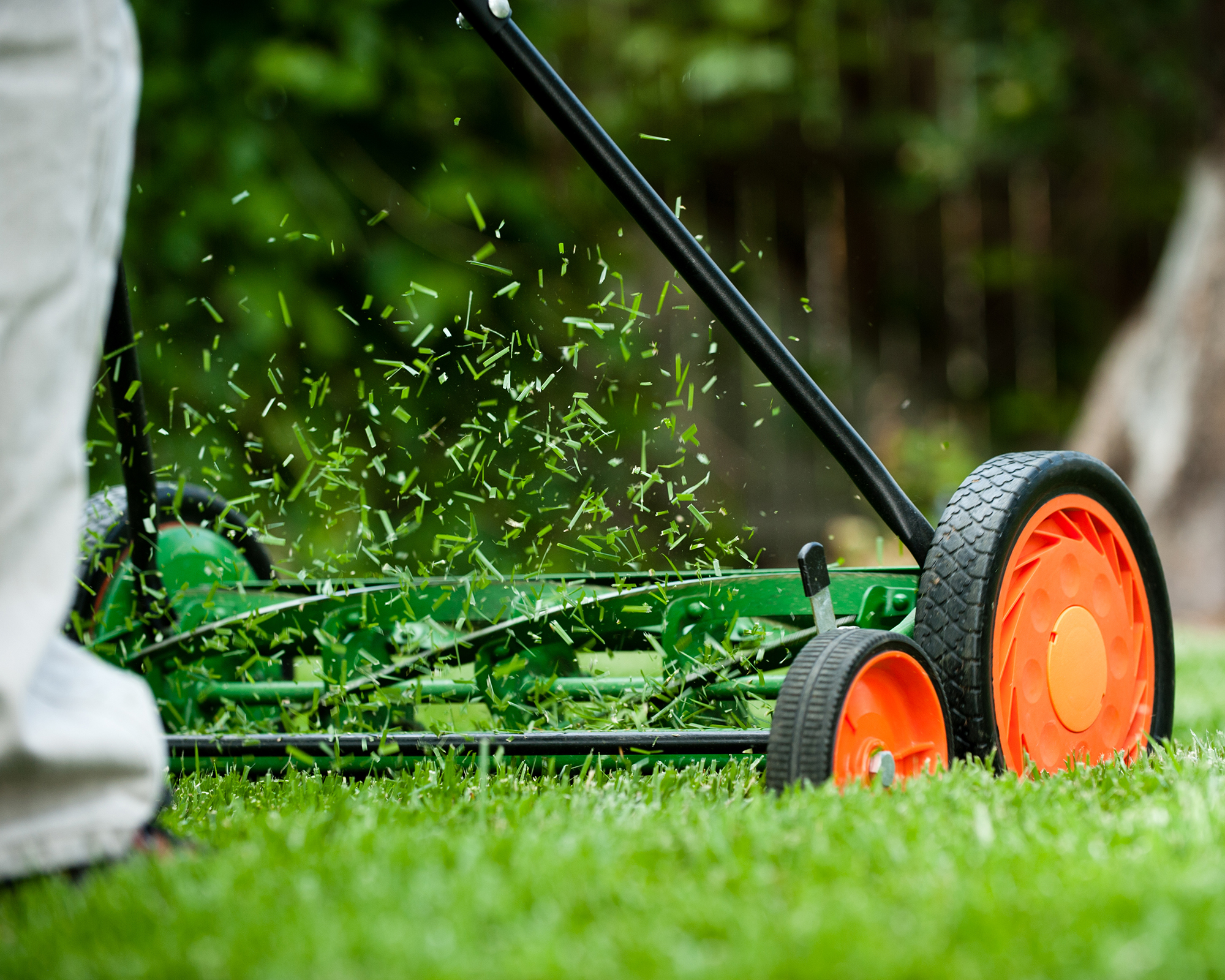
You don’t want to give your lawn a crew cut in late summer. Instead, use the higher settings when you mow your lawn. The taller your grass, the more the shade for grass roots. Taller grass also holds in more moisture and keeps down opportunistic weeds.
When is the best time to mow? Pick early morning or late afternoon for this task. And be sure to leave your clippings where they lie. No raking is the best raking in late summer, since clippings can help hold in precious moisture at the soil level.
4. Don’t Overfeed Grass

When your grass looks unhappy as summer peaks and wanes, it’s tempting to revive it with lots of fertilizer. But resist excess! When your lawn is dormant or slow-growing, the grass cannot take up nutrients so fertilizing your lawn now can burn it.
If you must fertilize, use a product specifically for lawns in summer. This Scotts fertilizer from Amazon is specifically formulated to help protect your lawn against heat and drought as well as certain summer pests, like chinch bugs. For a safer and more natural solution, try this organic summer lawn fertilizer from Espoma on Amazon that will revitalize your August lawn.
5. Watch for Pests
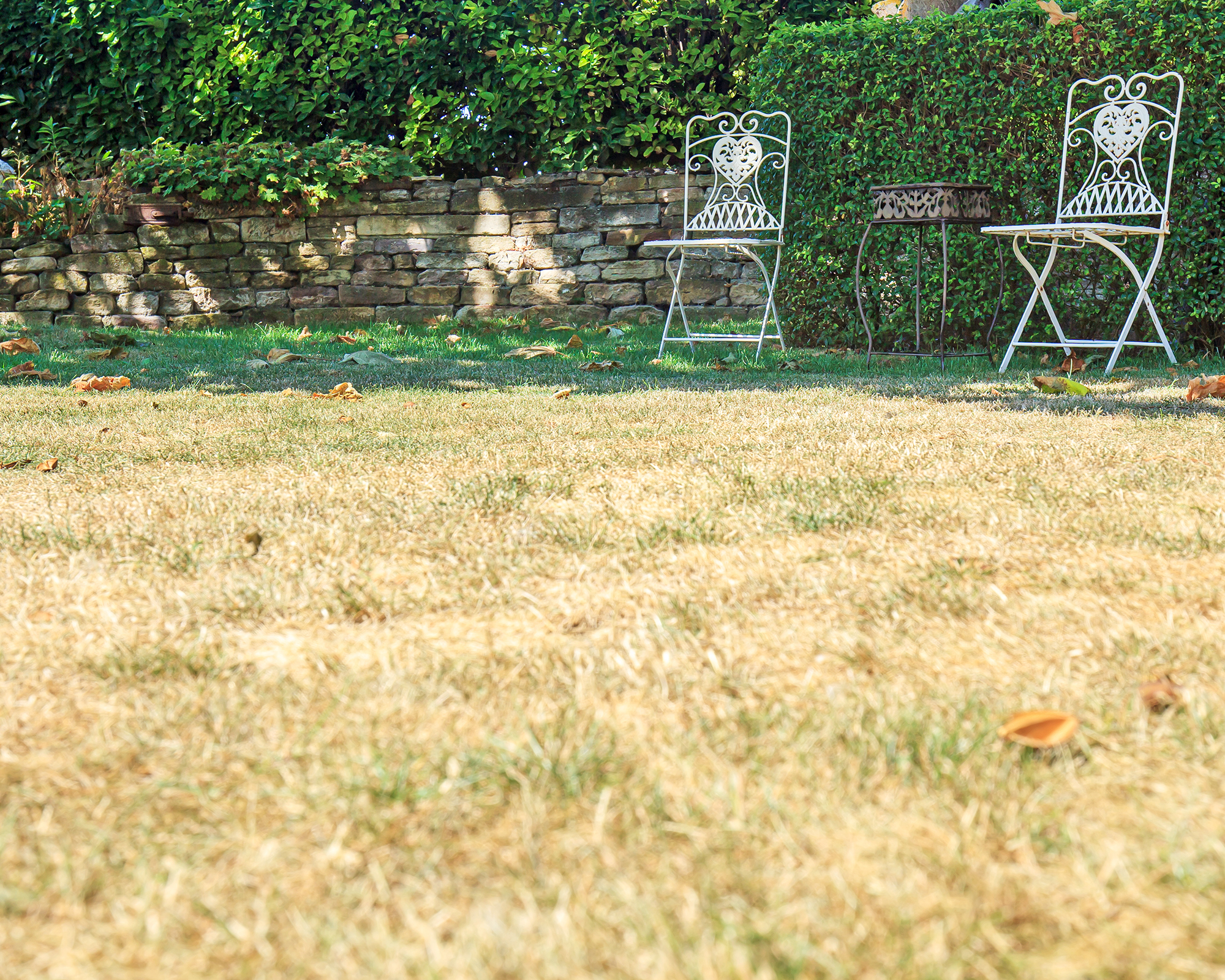
You might think lawn pests would shrivel up and die in the summer heat, but late summer is actually the prime time for insects like chinch bugs. Monitor the grass regularly for common lawn pests.
In fact, chinch bugs might be the cause of the “fried” look of your lawn. These pests are most active during the hot, dry summer months. They suck out juices from grass blades, and simultaneously inject toxins that can result in yellowing grass or brown patches in your lawn.
Look for adult and juvenile chinch bugs between grass blades with a magnifying glass. Adults are black and white and young ones have red markings. If you see lawn pests, it’s time to remove thatch from the lawn, since this is where the pests hide. Then use a Neem oil spray like this one from Amazon to kill the pests.
6. Rake Up Debris
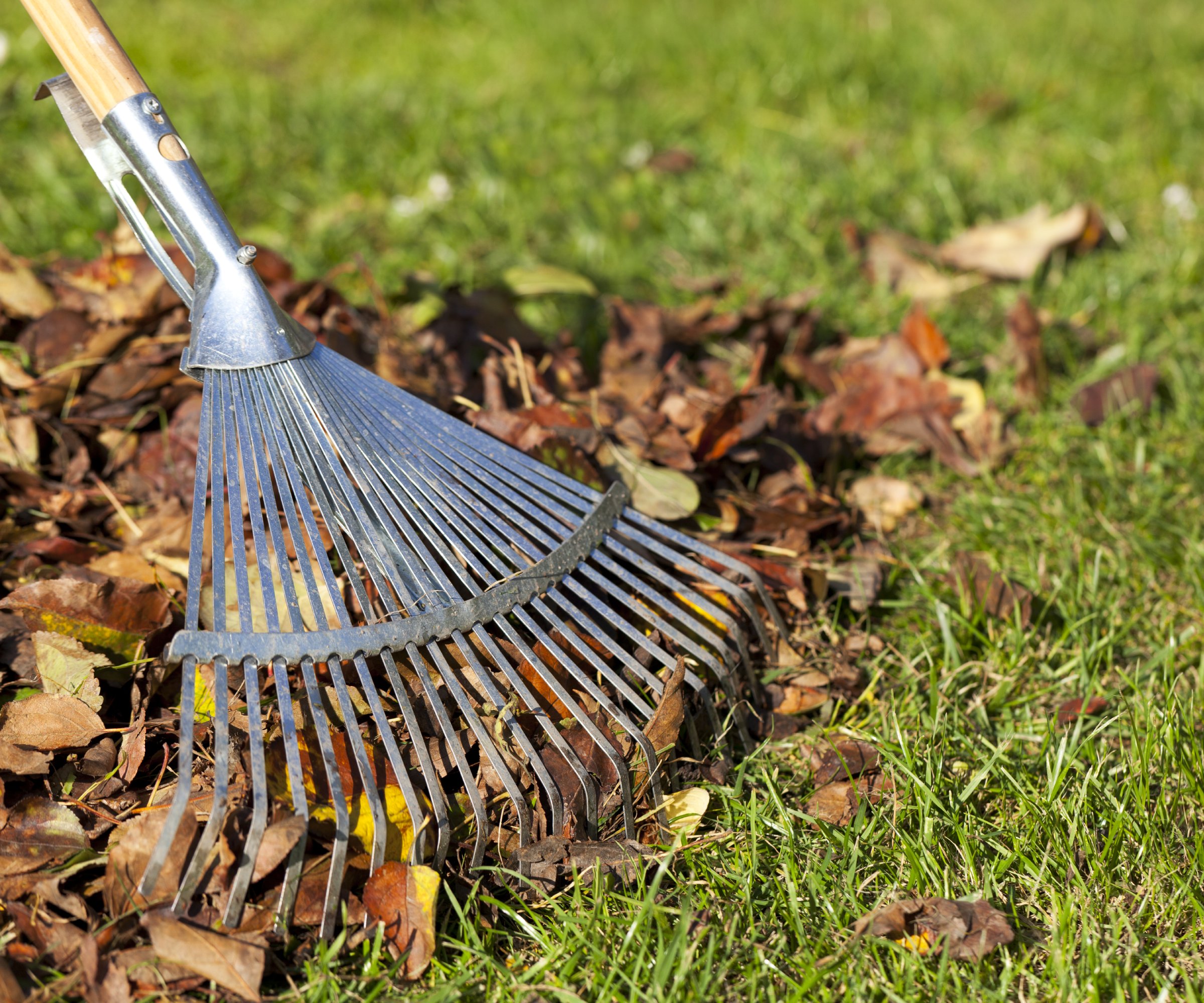
While autumn is known for colorful falling leaves, some leaves and dead plant stems will end up on your grass in summer, too. Your August lawn may also be covered with twigs, stones, and pieces of wood from summer storms.
Give your lawn a good raking to clear your yard of unwanted debris and allow those grass blades to breathe. Pick up a durable, yet lightweight rake to make the task easier and prepare for raking leaves in the fall. This adjustable rake is a best seller on Amazon. It easily comes apart so it’s compact for storage in your shed or garage over winter.
7. Check for Compacted Soil
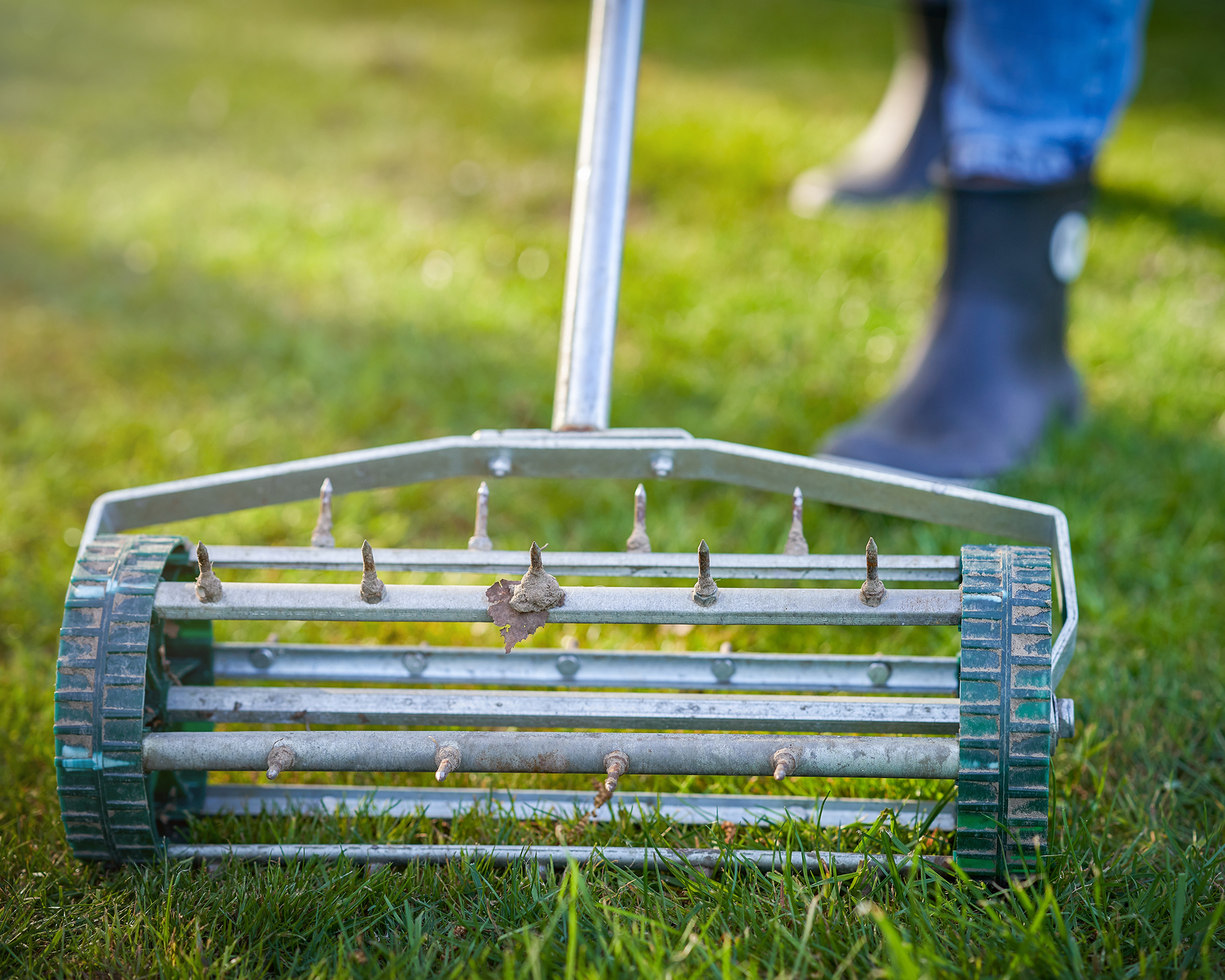
If your lawn is growing in compacted soil, the roots can’t get the water, nutrients, or air they need. Check for this problem in late summer, especially if you grow a cool season grass, like Kentucky bluegrass or tall fescue.
To test for compaction, all you need is a small screwdriver. Try pushing the screwdriver into the lawn in several locations. If it’s hard to do, your lawn is compacted.
The cure for compacted soil is aeration, a process of opening up the soil by removing small cores of soil and thatch from the lawn surface. You can aerate your lawn yourself with a simple aerator tool like this one from Amazon or you can hire a specialist to give your lawn a more extensive plug aeration. For cool season grasses, fall is the ideal time to aerate so start planning in August.

Teo Spengler is a master gardener and a docent at the San Francisco Botanical Garden, where she hosts public tours. She has studied horticulture and written about nature, trees, plants, and gardening for more than two decades, following a career as an attorney and legal writer. Her extended family includes some 30 houseplants and hundreds of outdoor plants, including 250 trees, which are her main passion. Spengler currently splits her life between San Francisco and the French Basque Country, though she was raised in Alaska, giving her experience of gardening in a range of climates.